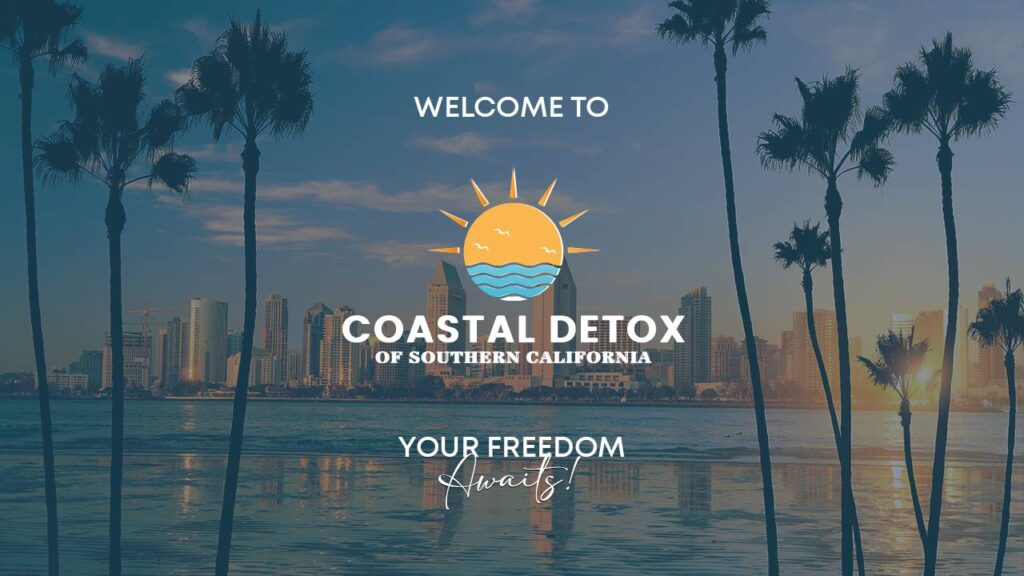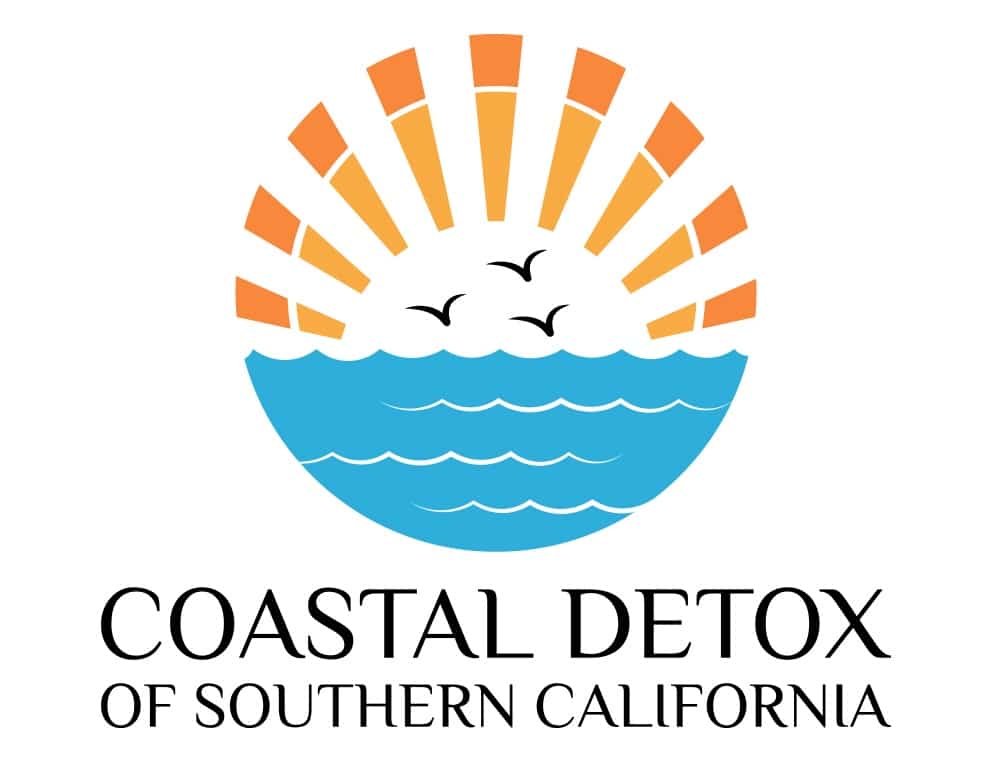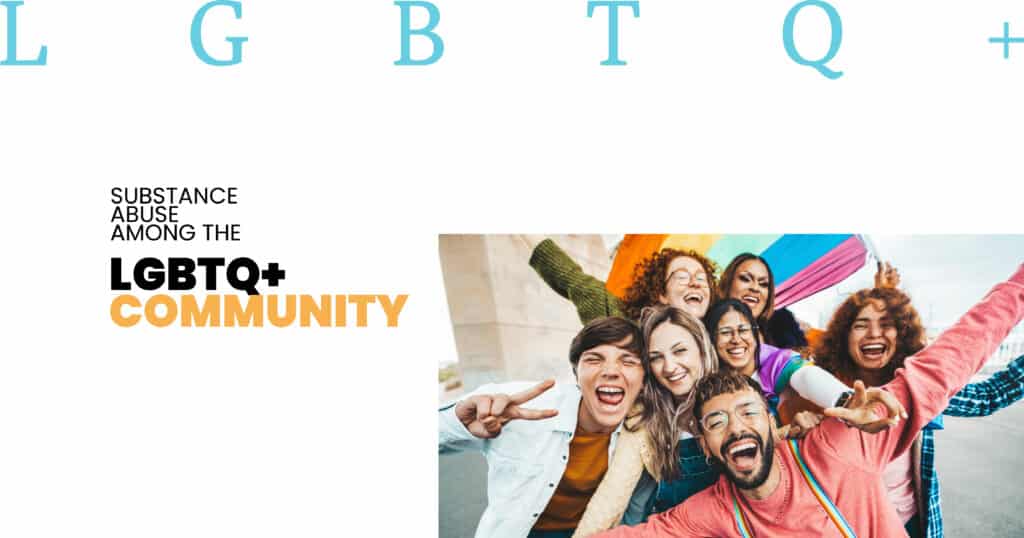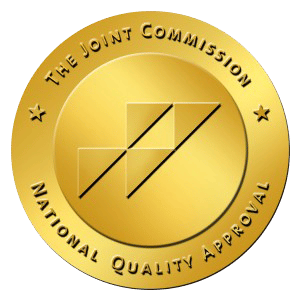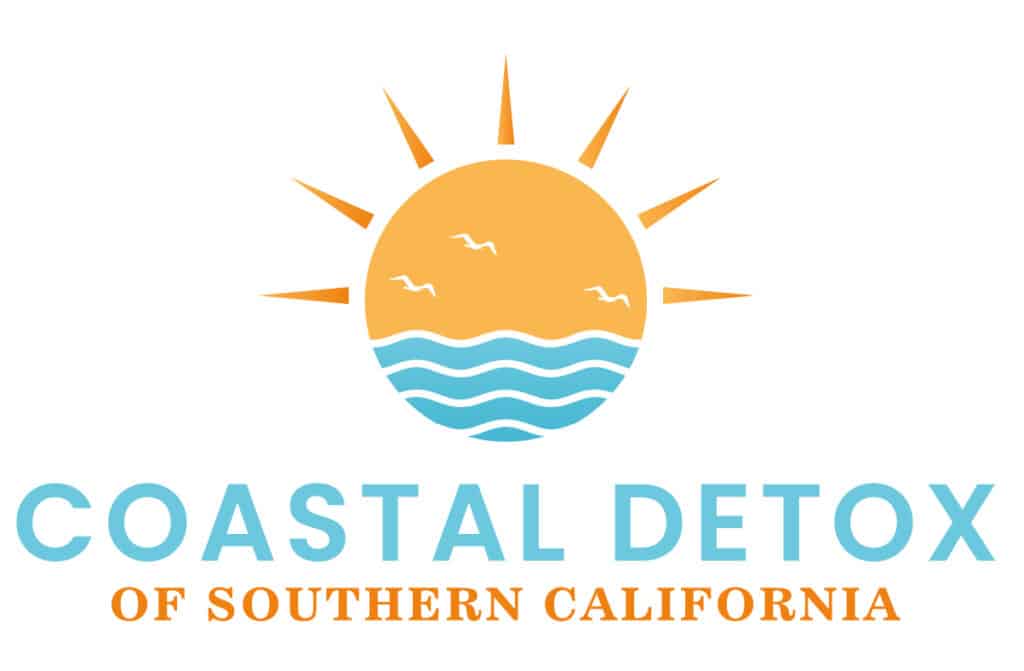Substance abuse remains a pervasive issue affecting millions globally, but it poses unique and often exacerbated challenges for the LGBTQ+ community. Individuals within this community are at a significantly higher risk for substance use disorders (SUD) compared to their heterosexual counterparts. This blog explores the factors contributing to this disparity, the specific substances commonly abused, and the importance of tailored treatment strategies.
Higher Rates of Substance Abuse in the LGBTQ+ Community
Studies consistently show that LGBTQ+ individuals have higher rates of substance use. According to the National Institute on Drug Abuse (NIDA), these individuals are more than twice as likely to use illicit drugs compared to heterosexual individuals. Furthermore, the 2018 National Survey on Drug Use and Health (NSDUH) reported that 37.6% of sexual minority adults used marijuana in the past year, compared to 16.2% of heterosexual adults. Binge drinking is also more prevalent among LGBTQ+ adults (25.1%) versus heterosexual adults (22.1%).
The higher levels of substance use among LGBTQ+ individuals indicate the pressing need for effective treatment for substance abuse. Understanding the demographic characteristics of this group can help tailor interventions that address their unique challenges.
Factors Contributing to Substance Abuse
Several factors contribute to the elevated rates of substance abuse within the LGBTQ+ community:
Discrimination and Stigma
LGBTQ+ individuals often face discrimination, stigma, and social rejection. These negative experiences can lead to increased stress, anxiety, and depression, which many attempt to cope with through substance use. Experiences of discrimination are a significant risk factor for developing substance use disorders.
The association between discrimination and substance use is evident in various discrimination categories, including racial discrimination and gender discrimination. These types of lifetime discrimination contribute to the persistence of discrimination and elevate the potential for discrimination across various settings. Understanding the relationships among discrimination can help identify discrimination items that need addressing to reduce substance abuse disorders.
Mental Health Issues
Mental health disorders such as depression, anxiety, and PTSD are more common among LGBTQ+ individuals. The Substance Abuse and Mental Health Services Administration (SAMHSA) notes that nearly 40% of LGBTQ+ adults have experienced a mental illness in the past year, compared to approximately 18% of the general population. The relationship between substance use and mental health outcomes highlights the need for integrated treatment approaches.
Conditions like generalized anxiety disorder and co-occurring mental health disorders are prevalent in the LGBTQ+ community, making them particularly vulnerable to addiction risk. The levels of anxiety faced by these individuals are often exacerbated by LGBTQ-related stressors and social stressors. Recognizing these factors is crucial for effective intervention.
Lack of Support
Many LGBTQ+ individuals lack familial support due to their sexual orientation or gender identity. This isolation can drive individuals to seek solace in substances. Transgender students and other gender minorities often report a lack of support from their families and communities, leading to higher risk of suicide and substance abuse.
Support systems are critical for youth individuals in the LGBTQ+ community. Crisis intervention services, such as SAMHSA’s National Helpline, provide vital resources for those experiencing mental disorders and contemplating risk of suicide.
Cultural and Social Norms
Certain LGBTQ+ social settings, such as bars and clubs, often promote substance use, further normalizing this behavior within the community. Regular alcohol consumption is particularly prevalent in these settings.
Alcohol abuse and alcohol use disorder are significant issues within the LGBTQ+ community, often exacerbated by alcohol companies targeting this demographic through specific marketing efforts. The normalization of alcohol misuse in social settings contributes to the development of these disorders.
Commonly Abused Substances
The substances most commonly abused by LGBTQ+ individuals include:
Alcohol
Prevalent in social settings, alcohol use is higher among LGBTQ+ individuals. SAMHSA reported that past-month drinking rates were higher among gay, lesbian, and bisexual adults than among heterosexual adults. Alcohol addiction remains a significant issue within the community.
The use of addictive substances, including alcohol, is often a coping mechanism for the queer community. Recovery from drug and alcohol addiction requires a comprehensive approach, addressing both the psychological distress and the addiction risk factors unique to this community.
Marijuana
Used by 37.6% of sexual minority adults in the past year (National Institute on Drug Abuse).
Opioids and Methamphetamine
These substances are increasingly abused within the community, with higher rates of misuse compared to heterosexual peers (National Institute on Drug Abuse).
Prescription opioids misuse is particularly concerning within the LGBTQ+ community, often leading to drug use disorder. Efforts to address this issue must consider the criteria for substance use and tailor interventions accordingly.
Tobacco
LGBTQ+ individuals have higher rates of smoking, contributing to health disparities (Drug Rehab).
The National Institute on Alcohol Abuse and Alcoholism has noted that substance abuse disorders often co-occur with smoking, further complicating recovery efforts.
The Importance of Specialized Treatment
Given the unique challenges faced by the LGBTQ+ community, specialized treatment programs are essential. These programs should address both the SUD and the underlying issues, such as discrimination and mental health conditions that contribute to it.
Inclusive and Affirmative Care
Programs tailored for LGBTQ+ individuals should provide a safe space where clients can express their identities without fear of judgment. This approach fosters a supportive environment and improves treatment outcomes. Cultural competency is critical for health care providers working with this community.
Cultural competency in the health care arena ensures that providers understand the minority identities and minority sexual orientations within the LGBTQ+ community. This understanding helps mitigate the effects of discrimination and fosters a more inclusive care environment.
Comprehensive Mental Health Services
Integrating mental health services into substance abuse treatment is vital. Addressing co-occurring disorders through therapy, counseling, and psychiatric care can significantly enhance recovery prospects. Mental health care should be a core component of any treatment program.
Rehabilitation centers like the Betty Ford Clinic offer comprehensive care that addresses both substance abuse and mental health concerns, providing a holistic approach to recovery.
Community and Peer Support
Building a solid support network is crucial. Programs that encourage the formation of peer support groups can help individuals feel less isolated and more understood. This is particularly important for gay individuals and others within the community.
For transgender women and other gender minorities, finding peer support within the transgender community can be a protective factor against substance abuse.
Addressing Health Care Barriers
LGBTQ+ individuals often face barriers in accessing health care, including discrimination in health care settings and a lack of providers knowledgeable about their specific needs. Improving access to health insurance and ensuring health care providers are trained in LGBTQ+ issues can help mitigate these barriers.
Discrimination in employment and other areas of life, such as housing, can also impact access to health care. Policies that promote economic security and reduce factor to health disparities can help address these issues.
Minority Stress Model
The minority stress model explains how the chronic stress experienced by LGBTQ+ individuals due to their marginalized status can contribute to higher rates of substance abuse. Addressing this stress through supportive policies and practices is crucial for improving mental health outcomes.
Policies that recognize the unique stressors faced by the LGBTQ+ community, such as discrimination in employment and relationship recognition, can help reduce the psychological distress that leads to substance abuse.
Conclusion
Substance abuse in the LGBTQ+ community is a multifaceted issue influenced by discrimination, mental health challenges, lack of support, and social norms. Addressing these unique needs through specialized, inclusive, and comprehensive treatment programs is essential for fostering long-term recovery and well-being. If you or someone you know is struggling with substance abuse, seeking help from specialized treatment centers can make a significant difference. Facilities like American Addiction Centers offer tailored programs to meet the specific needs of the LGBTQ+ community.
The American Public Health Association emphasizes the importance of public policies that reduce health disparities and improve economic security for the LGBTQ+ population, which can ultimately lower the odds of substance use disorders. Additionally, national probability sample studies, such as the National Epidemiologic Survey, provide valuable insights into the substance use patterns within the LGBTQ+ community.
By understanding and addressing the unique challenges faced by the LGBTQ+ community, we can create a more inclusive and supportive environment that promotes health and recovery for all individuals.
